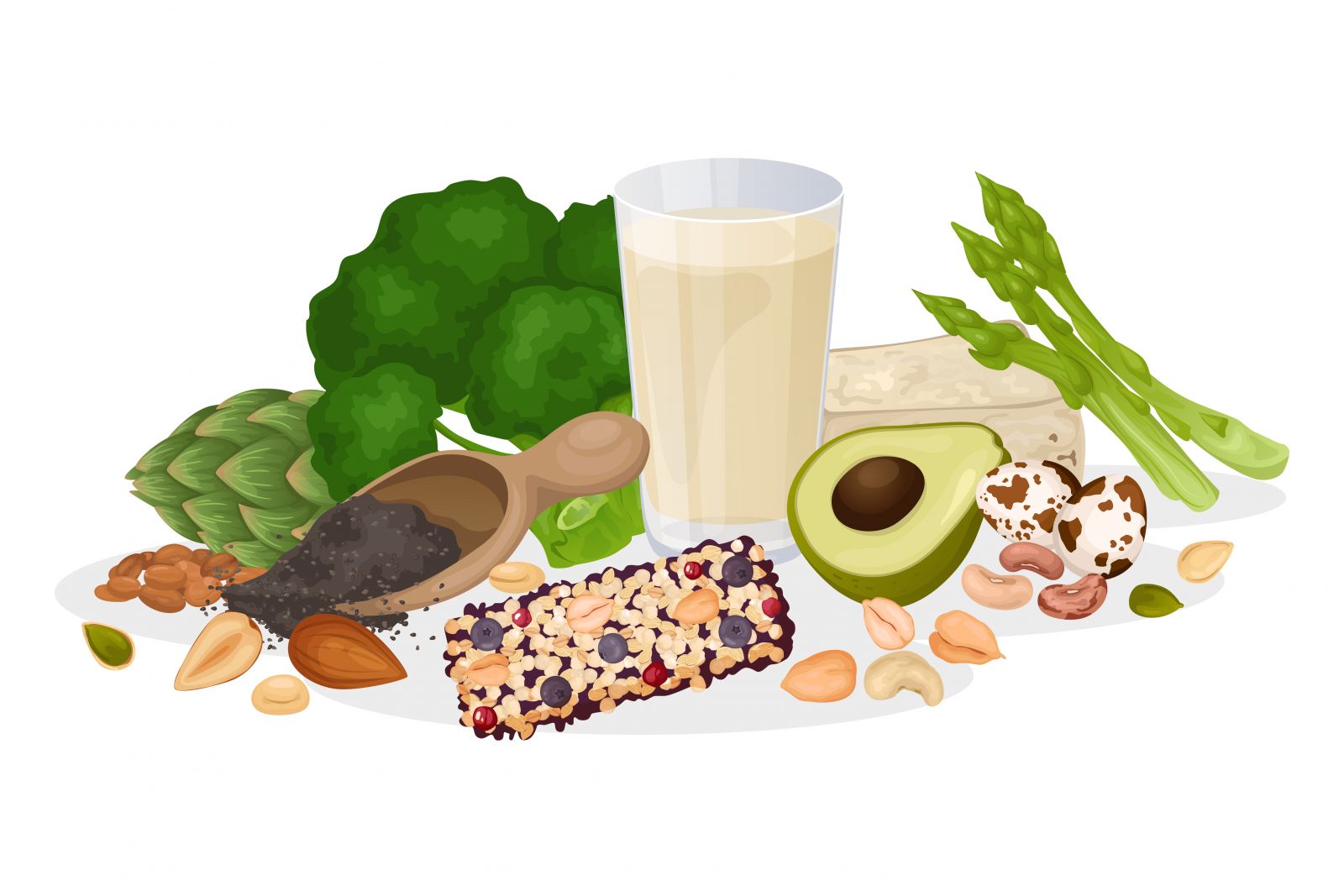Feces can vary in size, shape, odor, and amount. These characteristics must be consistent from day to day if they are to be considered normal. However, there are some characteristics that we can identify to ensure that these feces are classified into healthy and unhealthy categories. Here are some of them:
-
Medium to dark brown in color: a result of bilirubin (a pigment compound from the breakdown of red blood cells in the body)
-
Pungent odor: feces contain bacteria that emit unpleasant-smelling gases
-
Soft to hard in texture: passed in one piece or several smaller pieces
-
Pain-free: healthy bowel movements should be painless and require minimal straining.
-
Frequency of bowel movements: once a day or at least three times a week
-
Time: 10 to 15 minutes to pass
Meaning of Feces Shape and Texture (Bristol Chart)
To determine whether or not a person's stool is normal, it is common to refer to the Bristol Chart. The chart is a comprehensive indicator of how and why different types of poop form or feel specifically. The following are guidelines that can be followed based on the Bristol Chart:
-
Type 1 (Marbles): Small, hard, separated lumps, similar to peanuts and difficult to pass. This texture often indicates that someone is constipated.
-
Type 2 (Caterpillar): log-shaped but lumpy. This texture is a sign of constipation.
-
Type 3 (hotdog): woody in shape with some cracks. This texture indicates normal stool, especially if it is slightly soft and easy to pass.
-
Type 4 (snake): smooth and snake-like in shape. This texture also indicates normal stool
-
Type 5 (amoeba): small, but soft and easy to pass, with clear edges on the clumps. This texture indicates that a person lacks fiber consumption
-
Type 6 (soft): smooth and mushy with rough edges. This texture can be a sign of mild diarrhea.
-
Type 7 (jackson pollock): completely watery with no solid parts. This texture indicates that a person has more severe diarrhea.
There are 7 types of stool based on the Bristol Chart
Feces Color Meaning
In general, a brown poop color falls into the normal category. However, it is acceptable if the color is greenish brown. If you experience a change in stool color for more than 2 weeks, the color is red or black, then you should consult a doctor. The following are the color variations in stool and what they mean:
-
Black: bleeding in the upper gastrointestinal tract, eating too many black-colored foods, or taking iron supplements, licorice, and bismuth drugs.
-
White, gray, or pale: problems with the liver or gallbladder
-
Green: too much bile and not enough bilirubin, eating too many green foods (e.g. spinach or kale), or passing stool too quickly
-
Red: bleeding in the lower gastrointestinal tract, piles, or too much red food (e.g. tomato juice, beetroot, cranberries, or red gelatin)
-
Orange: blocked bile ducts or the result of taking certain medications (e.g. antacids and the antibiotic rifampicin) or eating too many orange-colored foods rich in beta-carotene pigments
-
Yellow: contains too much fat due to absorption problems or difficulty producing bile
Causes of abnormal bowel movements
Regularly monitored stool size, consistency, and color can give us information about what is happening in the body. This indicates that the changes that occur may be a result of a specific reason. What are they? Here are some of them:
-
Stress: worsens the digestive system as it can affect how quickly food moves through the body, resulting in diarrhea or constipation.
-
Dehydration: not only occurs when a person does not consume enough water, but can also be triggered by the consumption of caffeine and alcohol. Stool needs water to move more easily through the digestive tract, so if the body is dehydrated, it can cause constipation.
-
Lack of fiber consumption: fiber binds the stool and helps it move smoothly
- Food intolerances and allergies: these conditions can cause gastrointestinal problems, such as diarrhea, constipation, or other problems with bowel movements
- Medical conditions: depression, cancer, underactive thyroid gland, inflammatory bowel disease, irritable bowel disease, and Parkinson's disease

Lack of fiber consumption is one of the reasons for loose stools
Normal stools are characterized by brown or greenish brown color, odor, easy to pass, and soft or hard texture. The frequency of normal bowel movements is once a day or at least three times a week with a duration of 10-15 minutes. How is it? Is Ladies' poop normal or not?
Let's download the Newfemme application now to get tips and other interesting information!

